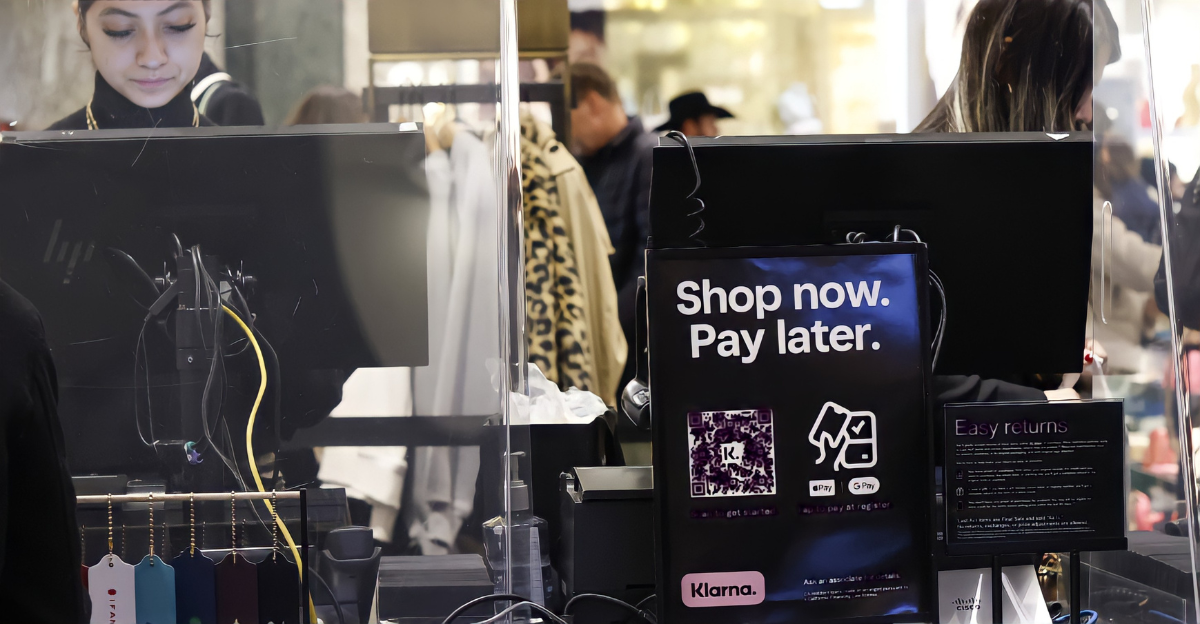
Buy Now, Pay Later (BNPL) services are changing how we shop, letting us split payments into easy installments at checkout, both online and in-store. With promises of flexibility and instant gratification, it feels like a shopper’s dream. But behind the slick apps and one-click approvals, the BNPL boom is racking up massive financial losses and sparking serious ethical debates. Is this the price of progress and personal choice, or a crisis the industry brought on itself?
The $97 Billion BNPL Boom
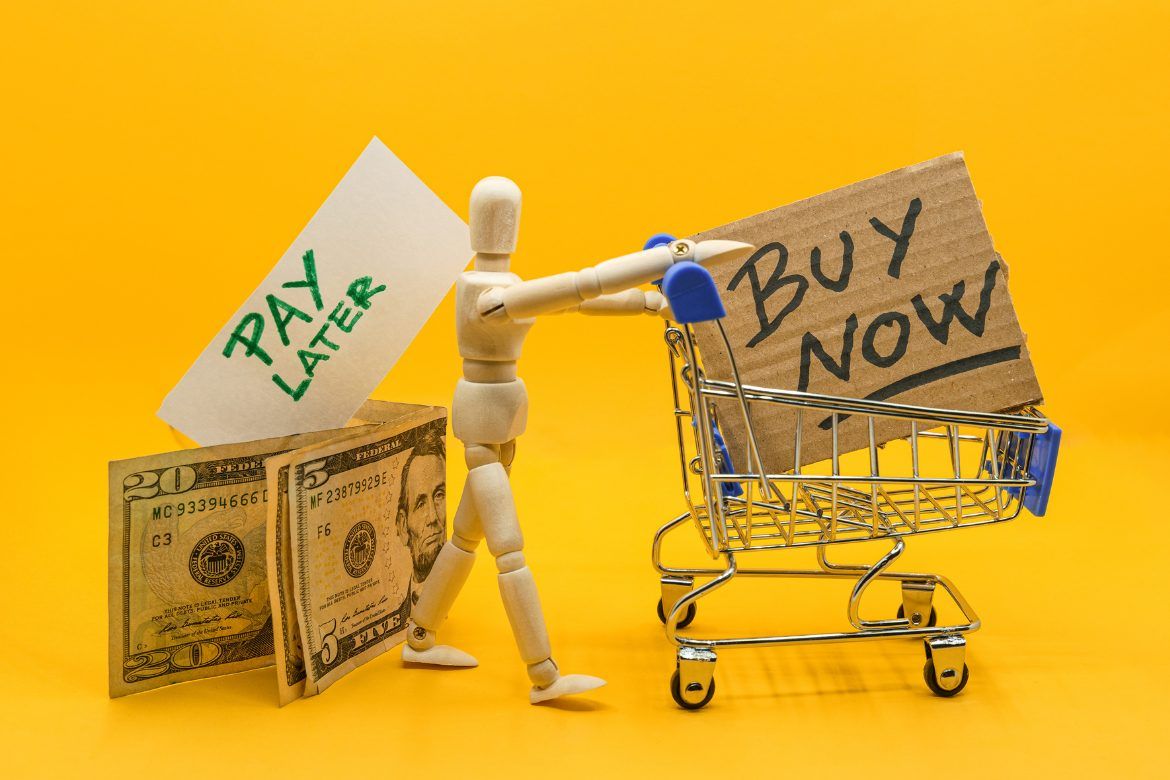
Affirm, Klarna, Afterpay, Sezzle – these Buy Now, Pay Later (BNPL) giants have built empires on short-term, interest-free installment loans, letting shoppers split purchases into bite-sized payments over six weeks. In 2025 alone, the U.S. BNPL market was valued at USD 39.65 billion and is expected to surge to USD 75.25 billion by 2033, according to Straits Research.
But it’s not just fashion and electronics fueling the surge. Retailers are cashing in too, with BNPL boosting conversion rates and cart sizes across the board. Now, it’s expanding into surprising spaces, from medical bills to college tuition.
No Credit Check? No Problem

One of the biggest reasons Buy Now, Pay Later (BNPL) has exploded is because getting approved is almost effortless. Most providers skip the deep credit dives, opting for quick “soft” checks or sometimes no checks at all. There’s little oversight, barely any reporting to credit bureaus, and no real look at what someone owes elsewhere. Faster approvals equals more sales.
The result? 49% of BNPL users have experienced at least one financial problem with these services, according to a new Bankrate survey.
Why More People Are Using BNPL
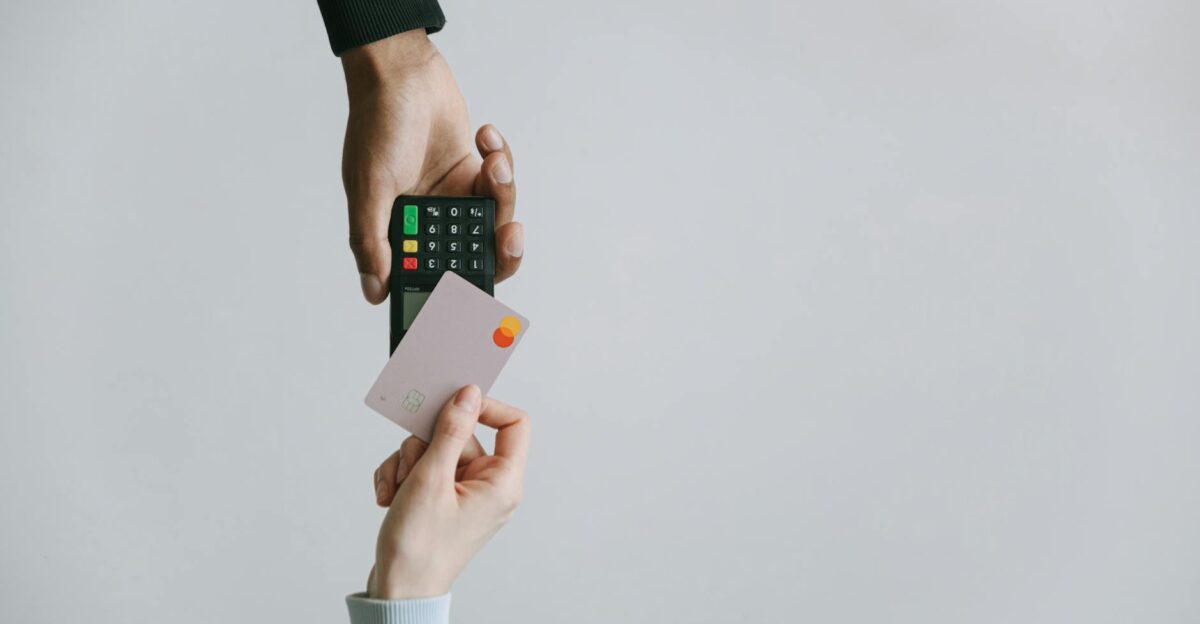
Buy Now, Pay Later (BNPL) isn’t just for big-ticket splurges anymore; it’s becoming a go-to tool for managing everyday spending. A Numerators survey shows that around 36% of users turn to BNPL to bridge the gap between paychecks, while 28% say it helps make expensive purchases more manageable.
The appeal is easy to see: no credit card interest, fast approvals, and budgeting tools that align with younger generations’ financial habits.
The Emotional Cost of BNPL: What Users Are Really Feeling

BNPL might promise freedom and flexibility, but for many, it also brings a heavy emotional load. Anxiety about debt, fear of overspending, and the stress of juggling multiple payments are common undercurrents behind the swipe-now, pay-later appeal. Many users admit to making at least one late payment, and a growing number are managing multiple active BNPL plans simultaneously.
While the tech makes spending effortless, the emotional aftermath isn’t easily managed. For younger users, BNPL often leads to regret, financial stress, and purchases far beyond their budget.
The Ethical Questions No One’s Talking About
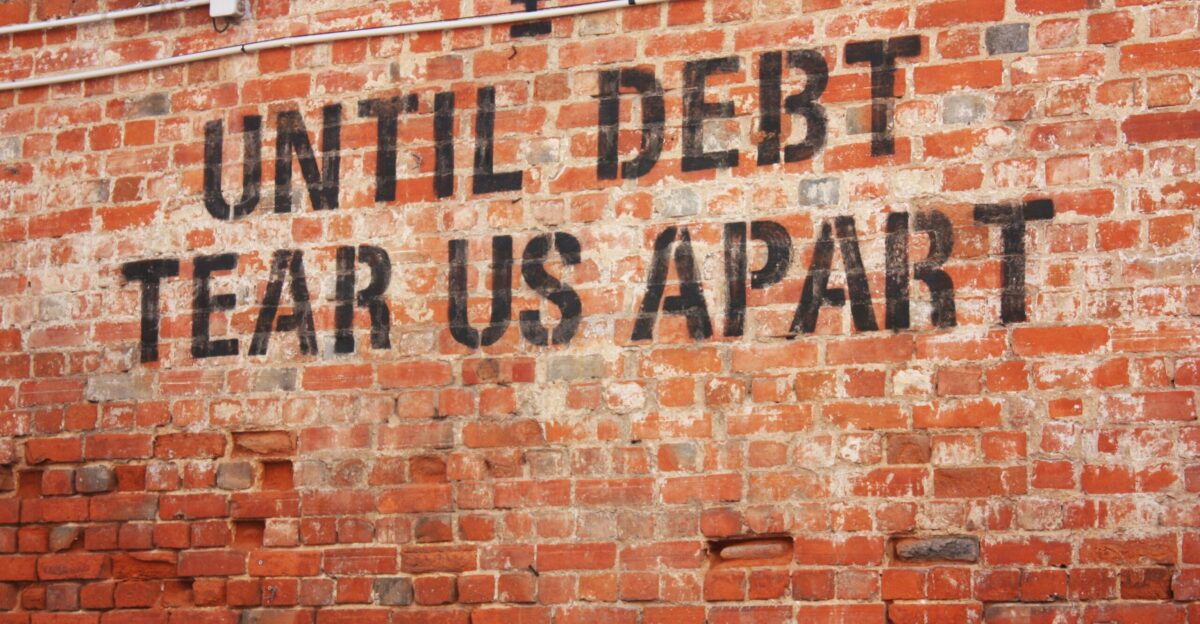
BNPL’s explosive growth hasn’t come without controversy. Critics warn it’s preying on financially vulnerable people, hiding the real risks behind confusing disclosures and pushy marketing tactics.
More troubling: missed payments are increasingly showing up on credit reports, damaging users’ ability to borrow in the future.
With transparency lacking and responsible lending standards still catching up, there’s growing concern that millions are funneled into endless debt cycles they can’t afford.
Are the Losses Self-Inflicted?

A growing share of BNPL’s financial troubles looks like the industry itself has brought them on. To grow fast and lock in customers, many providers slashed underwriting standards and pushed users to borrow repeatedly. Late payments surged, with over 41% of users missing at least one payment in 2025, up from 34% just a year before according to a LendingTree Survey.
As more people rely on BNPL for everyday essentials, the risk of defaults keeps climbing. The big question now: Has the BNPL sector done enough to protect itself and consumers from a mounting debt crisis?
The Real Cost of BNPL

For millions, the financial fallout from BNPL is becoming impossible to ignore. Over half of users end up paying unexpected fees, while 16% miss payments or face surprise charges in 2025 according to Bankrate.
Managing overlapping payments can quickly overwhelm even the tightest budgets, turning convenience into a costly trap.
The BNPL Rulebook Is Changing … But Not Fast Enough

Regulation of BNPL is still patchwork, no unified federal rules are in place yet, instead, states are stepping in to fill the gaps. For example, New York’s 2026 law will treat BNPL like a traditional financial product, requiring licenses, clear disclosures, and consumer protections. At the same time, credit bureaus are starting to include BNPL payment behavior in credit scores.
Meanwhile, watchdogs like the Consumer Financial Protection Bureau (CFPB) are eyeing closer supervision of major BNPL providers. Will regulations keep pace with this rapidly evolving industry before more consumers get caught in the crossfire?
The Double-Edged Sword of Technology
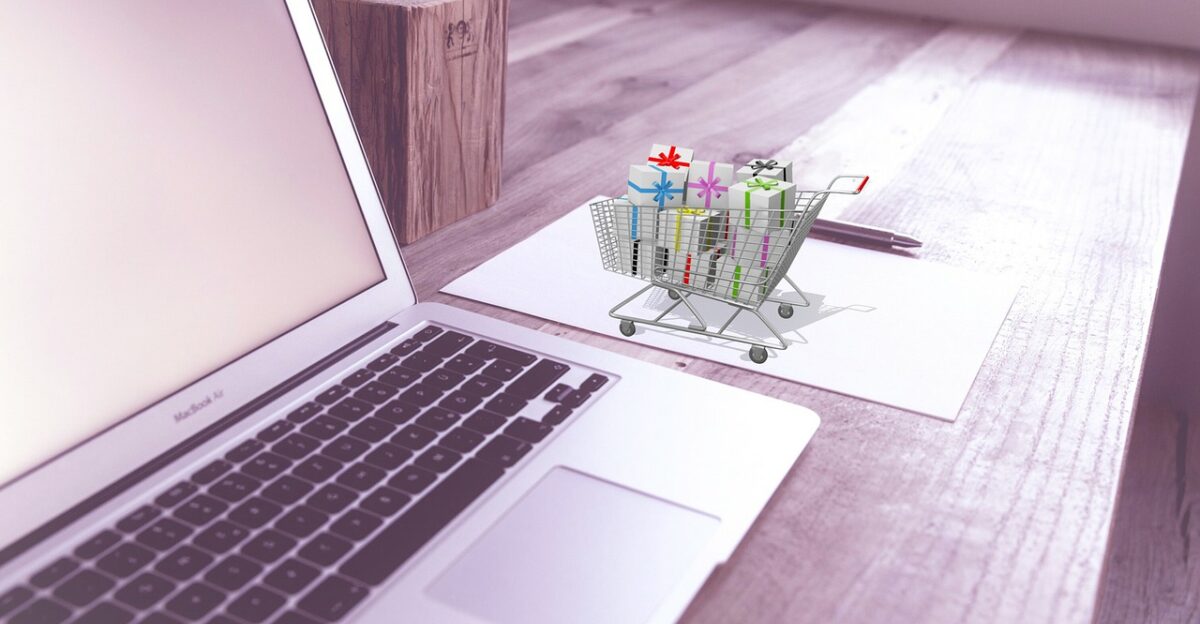
Technology is the engine fueling BNPL’s boom. Smart algorithms and AI make loan approvals instant, deliver personalized deals, and keep consumers clicking “buy” with tailored offers. It’s seamless, fast, and feels almost too easy.
But here’s the catch: the tech that drives sales can also push vulnerable shoppers to spend more than they should. These algorithms don’t just boost conversions; they target those most likely to borrow repeatedly, sometimes beyond their means.
Facing Reality After Rapid Growth

After years of rapid expansion, the BNPL industry is hitting some serious roadblocks. Growth is slowing, late payments are on the rise, and many are starting to regret their BNPL habits.
Looking ahead, we should expect more burdensome state regulations, explicit risk warnings, wider credit reporting, and more substantial industry efforts to help those struggling to keep up with payments.
The Future of Buy Now, Pay Later
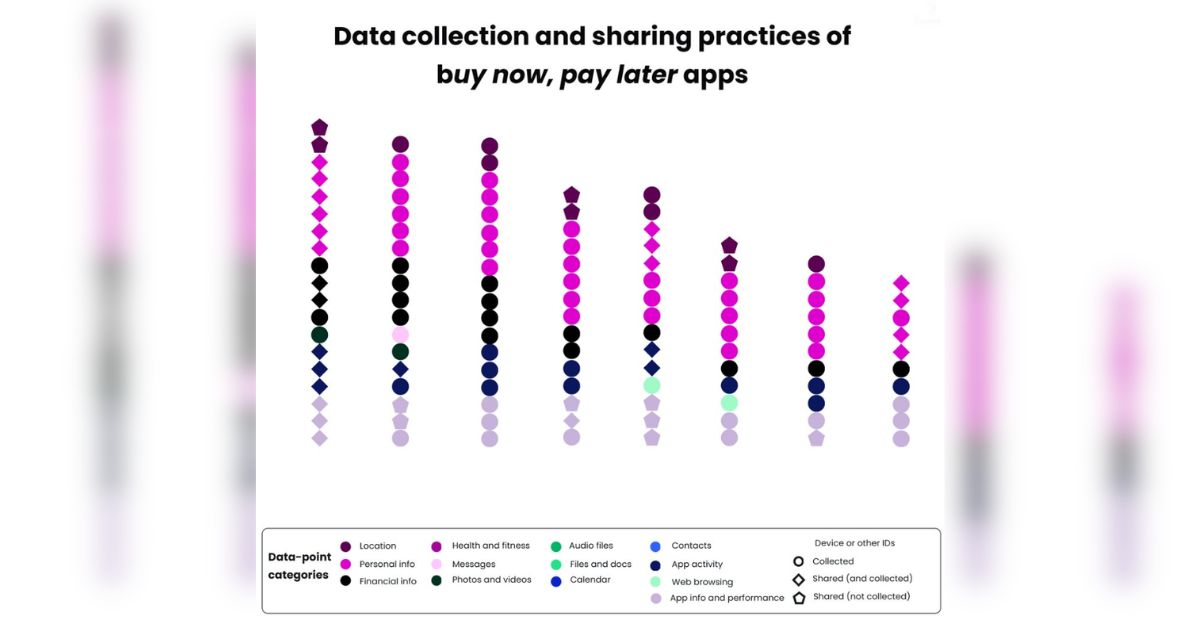
Buy Now, Pay Later has reshaped shopping habits, offering instant gratification and flexible payments with just a few clicks. But behind the slick apps and seamless checkouts lies a growing debt problem that can’t be ignored. As missed payments rise and more people rely on BNPL for daily essentials, the system needs stronger safeguards.
If you’re using BNPL, read the fine print, track your spending, and avoid stacking multiple plans. Because convenience should never come at the cost of financial well-being.